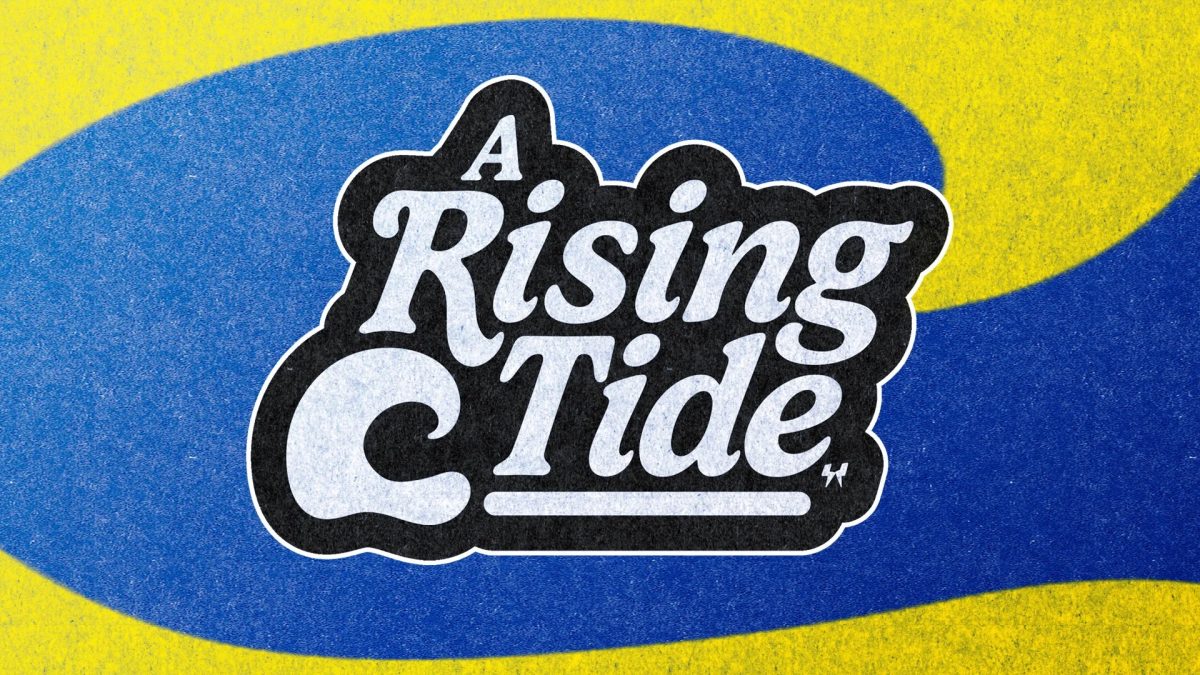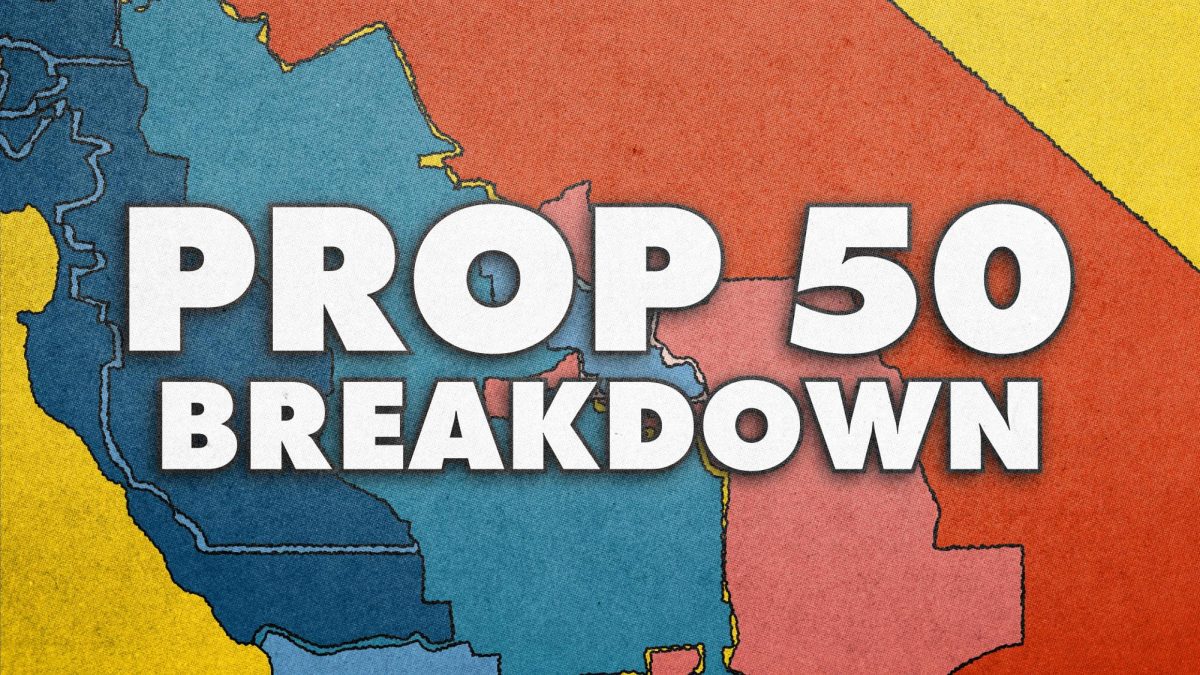Are you looking to shed some of those pounds before the holidays? Or perhaps just wanting to get your body healthy? Considering some of the hot dieting trends this year? Here’s a list of them, as well as some things to consider before your choose which “diet” is best for you.
Paleo Diet:
This diet focuses on the foods that our hunter/gatherer ancestors consumed. With this diet you are limited to eating lean meats, seafood, vegetables, fruits and nuts. How does it work? The foods listed above are high in beneficial nutrients (soluble fiber, antioxidant vitamins, phytochemicals, omega-3 and monounsaturated fats, and low-glycemic carbohydrates) which promote good health and are low in the foods and nutrients such as refined sugars and grains, saturated and trans fats, salt, high-glycemic carbohydrates, and processed foods. Daily exercise is encouraged to help lose weight.(thepaleodiet.com)
HCG:
Short for the Human Chorionic Gonadotropin, is a hormone produced during pregnancy. One of its functions is to ensure the growing fetus receives enough nutrients to grow and develop normally. It does this by making the abnormal fat stored in the mother’s body available for use. The mother’s body is then able to use this fat for nutrients and energy despite her intake. How it works? With this diet a person orally consumes a small amount of the HCG hormone, reduces their caloric intake to 500 calories per day. Exercise is completely restricted. It is meant to loose weight fast, especially since you burn approximately 3,500-4,000 calories per day. (www.hgcdiet.com)
Detox/Liquid Diet:
These programs help remove impurities and toxins from the body while replenishing it with vital nutrients. Some people on this program experience side benefits such as weight loss, increased energy, improved concentration, improved digestion, better sleep and reduced cravings. How it works? Your body stores fat and impurities regularly. To get rid of these impurities, you cleanse. Afterward, the impurities are released, so the body sheds the fat. Then you maintain your weight by keeping on a regular cleansing schedule. Exercise is recommended daily. (cleanseyourbody.com)
3-Day Diet:
As it sounds, this diet is completed in 3-day regiments. It claims that a person can loose up to 10 pounds during this regiment. It is a very specific food diet that must be followed precisely. Portions must be eaten exactly as prescribed and you cannot overeat. The 3-day meal plan is listed below: Day 1 Breakfast: Black coffee or tea, with 1-2 packets Sweet & Low or Equal,1/2 grapefruit or juice,1 piece of toast with 1 tablespoon peanut butter. Lunch:1/2 cup tuna,1 piece toast, Black coffee or tea, with 1-2 packets Sweet & Low or Equal. Dinner:3 ounces any lean meat or chicken,1 cup green beans
1 cup carrots,1 apple,1 cup regular vanilla ice cream. Day 2 Breakfast: Black coffee or tea, with 1-2 packets Sweet & Low or Equal,1 egg, 1/2 banana, 1 piece of toast. Lunch:
1 cup of cottage cheese or tuna, 8 regular saltine crackers. Dinner: 2 beef franks,1 cup of broccoli or cabbage,1/2 cup carrots,1/2 banana,1/2 cup regular vanilla ice cream. Day 3
Breakfast:Black coffee or tea, with 1-2 packets Sweet & Low or Equal, 5 regular saltine crackers, 1 ounce of cheddar cheese, 1 apple. Lunch: Black coffee or tea, with 1-2 packets Sweet & Low or Equal, 1 boiled egg, 1 piece of toast. Dinner: 1 cup of tuna,1 cup of carrots, 1 cup cauliflower, 1 cup melon, 1/2 cup regular vanilla ice cream. In addition to its strict daily food prescription, dieters drink 4 cups of water or noncaloric drinks daily.
How It Works? The combination of the suggested foods included in this plan is supposed to create a unique metabolic reaction and boost fat burning. You must alternate with four to five days of normal eating for this diet to work. Exercise is not mentioned with this diet. (www.webmd.com/diet/features/3-day-diet)
So which one is the best for you? Perhaps you should consider advice from a nutritionist before going on a diet.
Ricarda Cerda, M.S., R.D., Fresno City College’s food and nutrition instructor, said that what she believes in is “a healthy lifestyle”, not dieting. This means to eat healthy foods and do some sort of physical activity daily.
The effects of most diets are the “yo-yo” effect. This is when you get on a diet, loose weight, get off the diet and then gain back all (if not more) weight. This is not only frustrating, but it is “hard on your cardiovascular system” said Cerda. She mentioned that some diets emphasize one certain type of food group, you might end up getting too much of that group, such as saturated fat or fiber.
She suggests slowing down while eating, enjoying the taste of the food, the health it will give you and for the gift of food itself.
Eating a variety of colorful foods and including them into your daily diet is not only pleasing to the eye but the color represents the phytochemicals in that food and research has proven that it is an indicator of the health value of food, according to Cerda.
“Get your greens, reds like tomatoes, red pepper and fruits like watermelon, get your oranges, and purple, like berries. We do eat with our eyes,” said Cerda.
FCC’s nutritionist agrees that portion size does matter. “If you look at the portions that were served in the ‘70s to today,” said Cerda, “we are eating ginormous portions.” She suggests to buy smaller plates to reduce portion size and caloric intake.
If you are looking to lose weight, “one hour of exercise a day” would be best, according to Cerda. However, if you wish to maintain your weight, “30 minutes daily” should be best. She suggests to take into consideration not only the number on the scale, but other important health signs like blood pressure, blood sugar level and cholesterol levels. “The emphasis should be on health, than on weight loss or number on the scale,” said Cerda.






